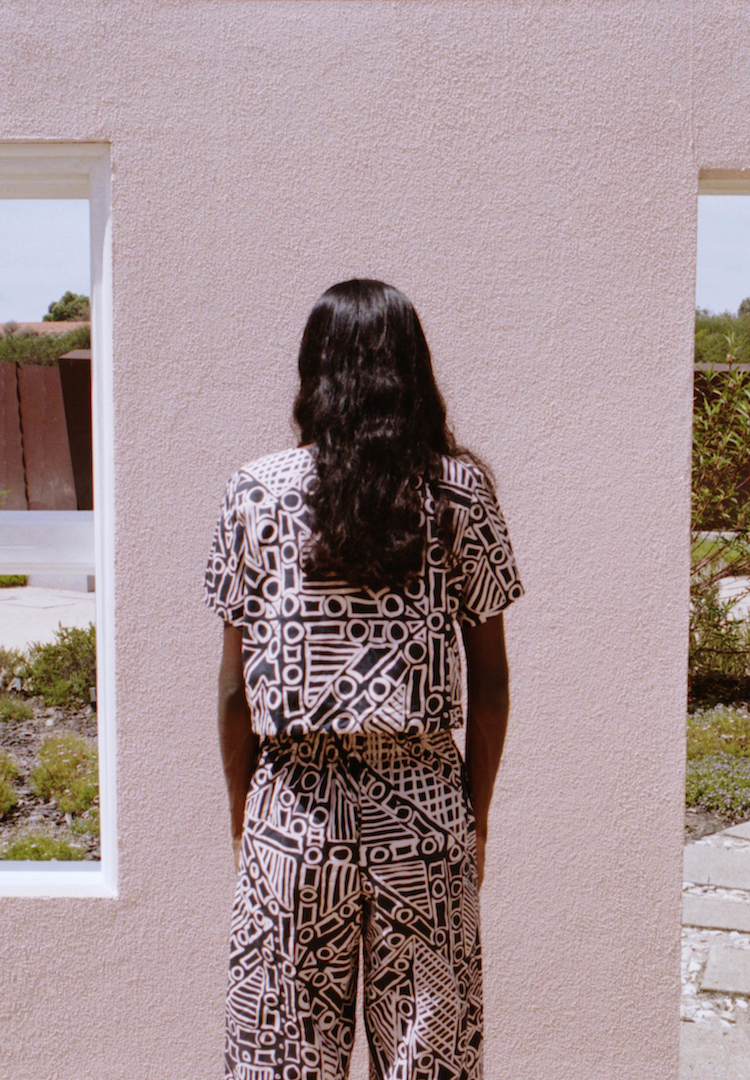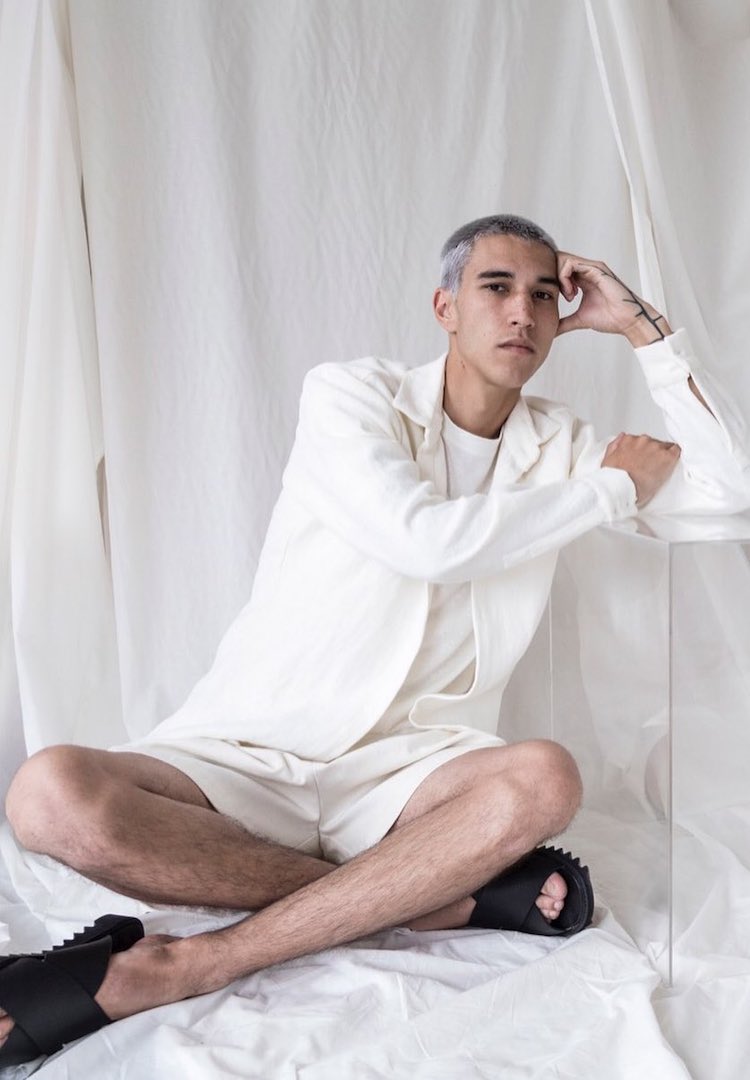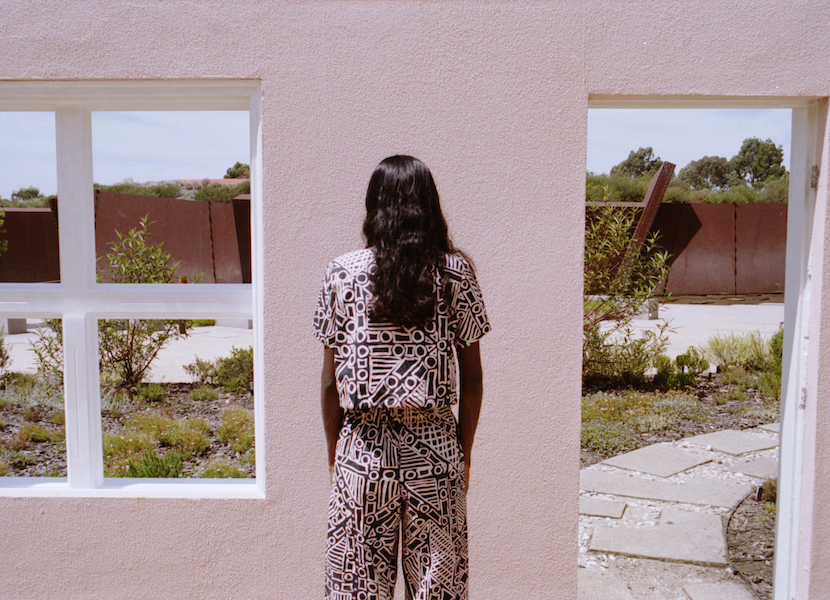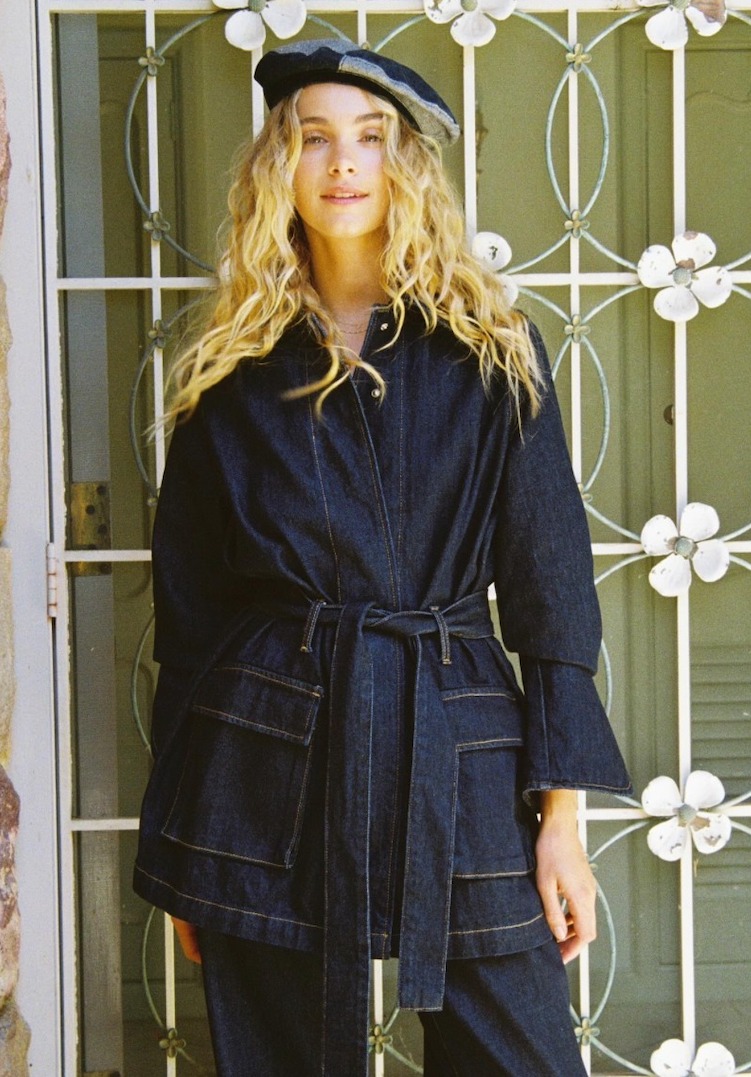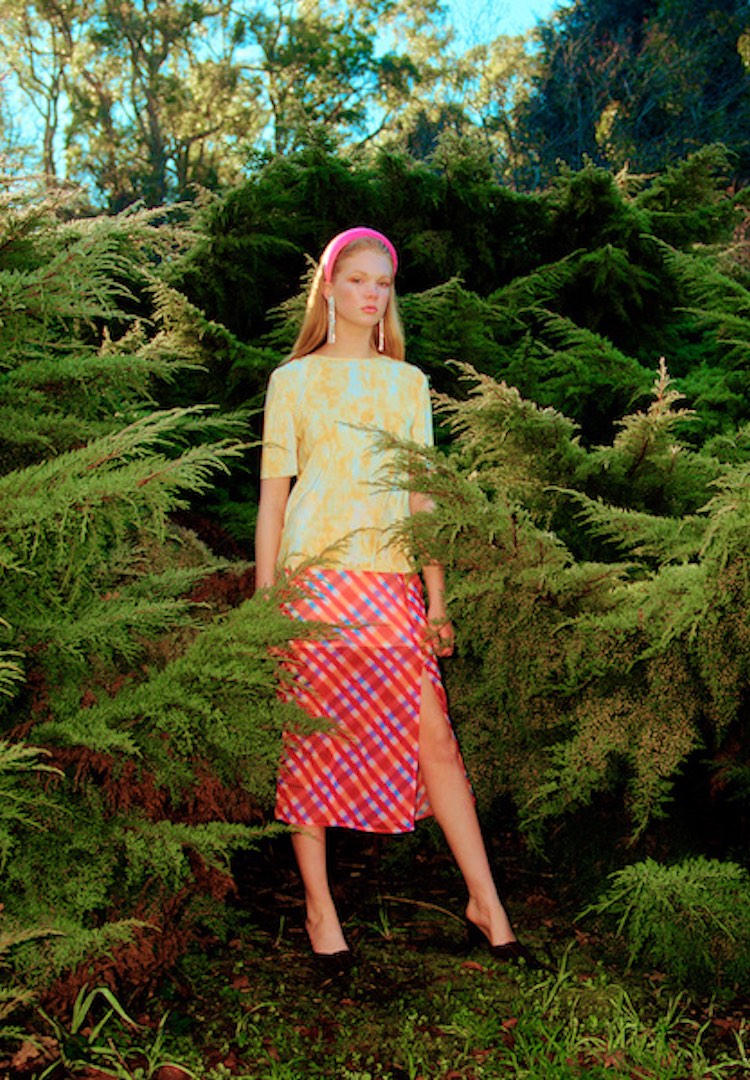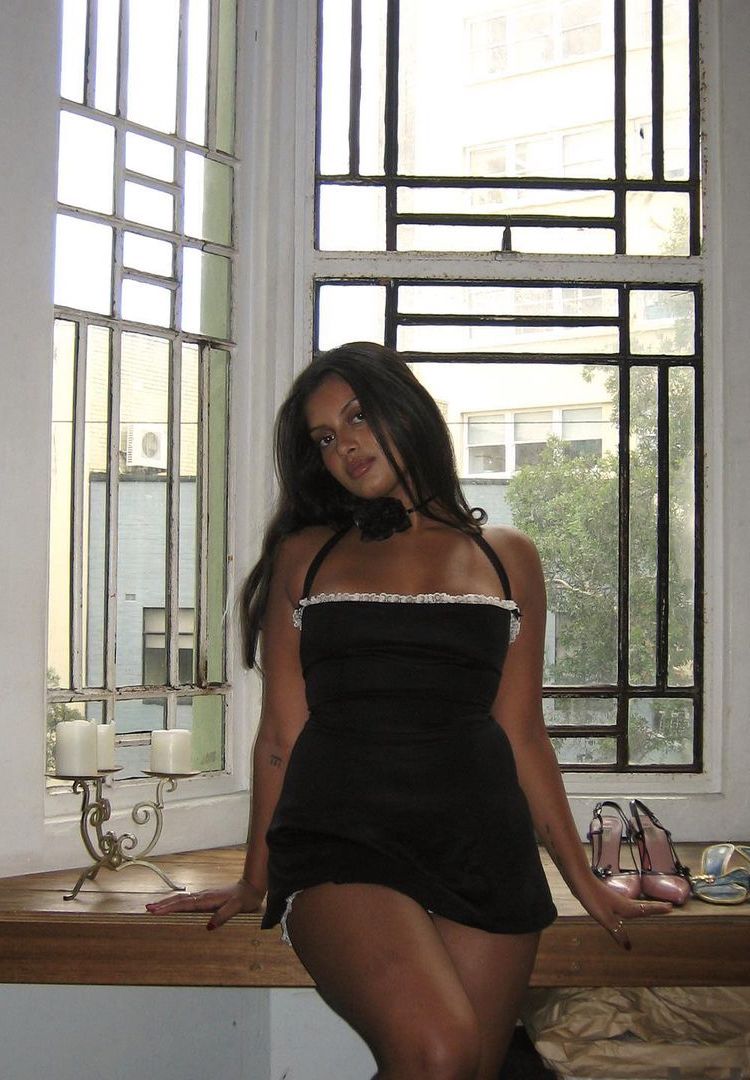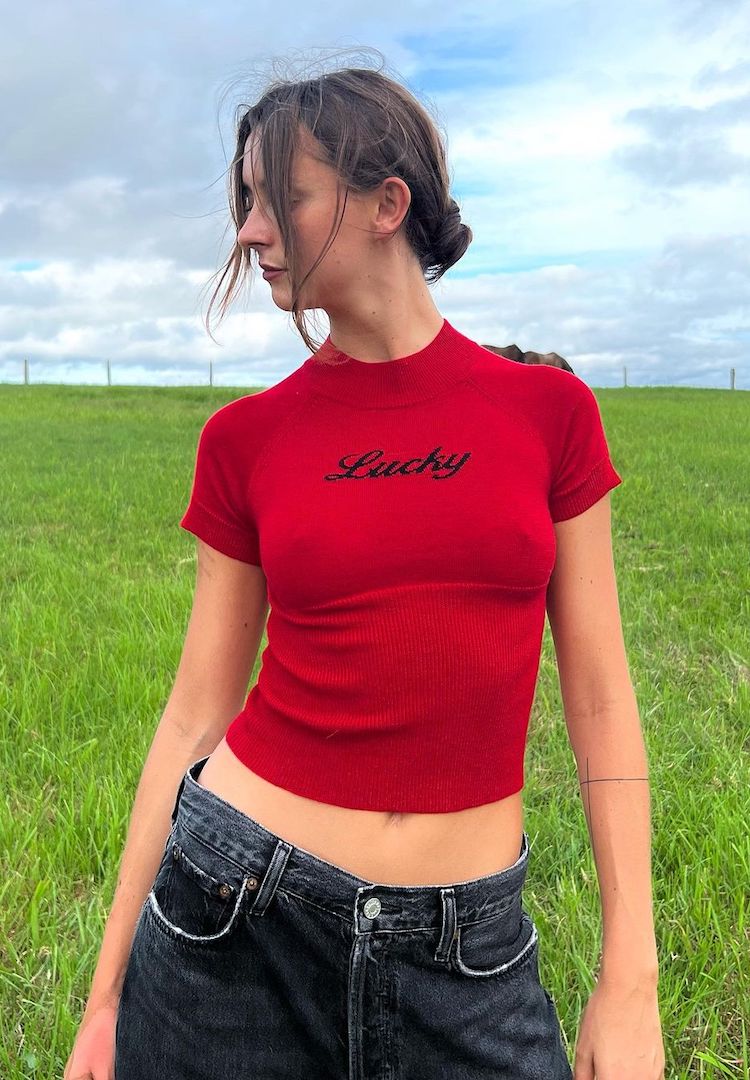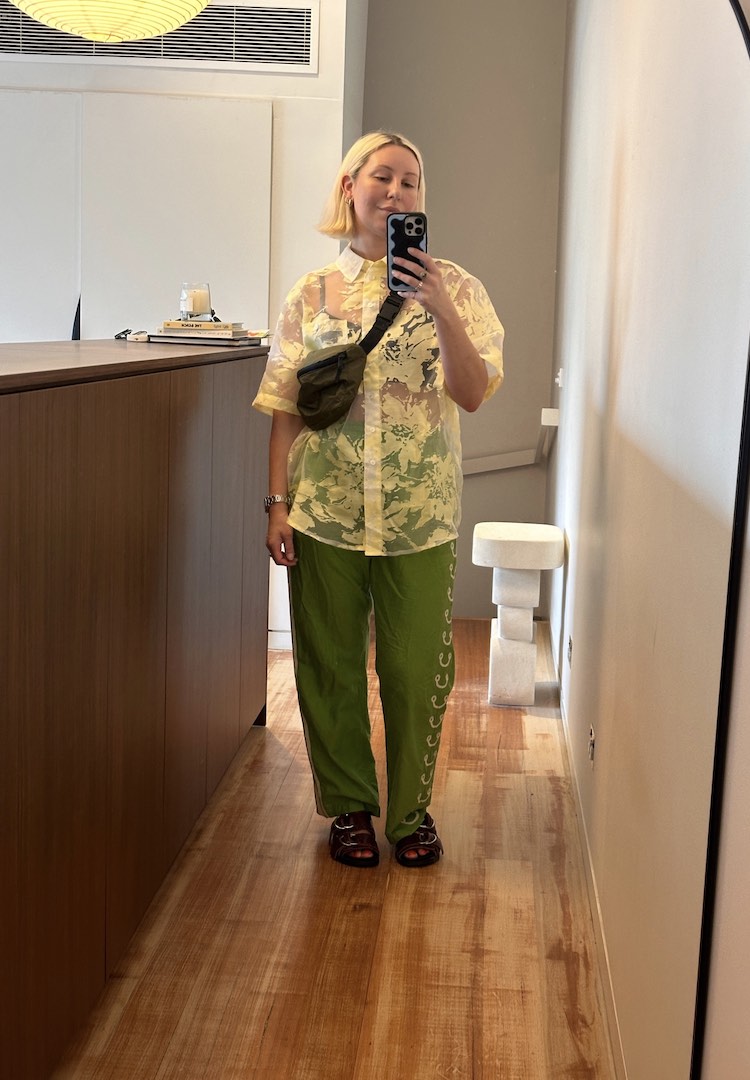Indigenous Australian fashion is thriving, so why don’t we know the designers?
Image via NORTH
Words by Mariah Papadopoulos
Get educated.
When considering the direction of the fashion industry, one thing can’t be denied: sustainable fashion is on the rise. But for Yatu Widders Hunt, the term highlights a gap between Indigenous Australian and mainstream designers, as well as an opportunity for connection.
“People talk about sustainability as if it’s a new way of designing, but it’s actually anchored in how we have always done things,” says Yatu Widders Hunt.
The communications consultant and journalist is the founder of thriving Instagram account @ausindigenousfashion, which curates images showcasing the work of Indigenous Australian designers to her 21,000 subscribers. She is also a descendant of the Anaiwan and Dunghutti peoples.
Citing interior designer Alison Page, Yatu explains how the term ‘sustainable fashion’ is synonymous with Indigenous design methods that have existed for 60,000 years. “As Aboriginal people, we’re born with a cultural obligation to care for the earth,” she says.
Rock-solid cultural values that have been passed down through generations are the foundation of contemporary Indigenous design strategy. Aboriginal Australian culture is inextricably linked to the land, and the sustainability agenda flows naturally from this.
“You won’t meet many Aboriginal designers that don’t work in ways that are sustainable and ethical,” says Yatu. “There’s a beautiful opportunity for the mainstream fashion community to better connect and learn from Indigenous peoples, because we are the oldest surviving culture on the planet and we have the oldest surviving traditions of sustainable design.”
The broader industry, it seems, has a lot to learn from Indigenous designers. But in the past, this reality has scarcely been acknowledged among the heavyweights of Australian fashion.
During her time as a journalist, Yatu worked for NITV and Koori Mail among other news outlets. She curated arts and fashion stories such as the Tjungu Indigenous Cultural Festival fashion show held at Uluru. Rubbing shoulders with talented creators, she met with designers such as Natalie Cunningham of Emu Designs (now Native Swimwear Australia), the first Indigenous Australian designer invited to show at New York Fashion Week.
“I met her and saw her collections, and I was absolutely baffled that she wasn’t getting picked up in mainstream media.”
Mystified the talented creatives she came across didn’t have support from their home country – despite being invited to showcase their work in New York and Miami – Yatu started her Instagram page out of disappointment.
“I couldn’t believe that they didn’t have as strong a profile in Australia as I had imagined they might. People would say to me ‘Oh, I don’t even know who that is’.”
Initially, she hoped to raise awareness and generate publicity for Indigenous designers and artists. But as she continues her work with these creatives, the account has become a tool to guide Australians towards a deeper, more genuine understanding of Indigenous fashion.
“We’re in a bit of a tough place in Australia at the moment. We are confronting some really hard conversations around where we are socially and politically,” she says. “[As a nation], we’re on a journey of really accepting and acknowledging Indigenous history as part of our identity. We’re still on that journey.”
Yatu and her peers are working to expedite this process, and their efforts are not without return. Marnin Studio’s collaborative project Design Within Country is connecting a growing number of emerging Melbourne labels like Lois Hazel and Post Sole Studio with the young people and artists of Fitzroy Crossing. At the recent Darwin Aboriginal Art Fair, cult Australian label Gorman premiered a collaboration with local artists from the Mangkaja Arts Centre, also in Fitzroy Crossing.
“It’s a very powerful thing to see that kind of leadership from within the fashion community.”
For Yatu, collaborations like these exist at the surface of the Aboriginal Australian design space. The goal is to establish a gateway for deeper exploration of Indigenous voices and stories, expressed through fashion and design. Supporting Indigenous designers doesn’t have to be a loaded political statement.
From that perspective, Yatu champions a more relaxed mindset. Her focus isn’t shouting from the rooftops. It’s taking the time to listen to the stories Indigenous Australians have to share.
“Whenever you buy a piece of Indigenous fashion, you are intrinsically connecting with a story and a tradition. There’s just no other country on earth that has the world’s oldest surviving culture as part of its fabric.”
This feature was originally published in Fashion Journal Issue 191 and online on September 16 2019. You can read it here.


